Up Next

Formula 1’s first sprint race at Silverstone was relatively successful, but as Ross Brawn has explained there will be plenty of analysis going on and even potential for integrating new ideas into the format for the future.
But one idea that has been ruled out owing to team and fans resisting it is running the sprint race in a reverse championship grid format. While some traditionalists might not like it – I say some because I’d consider myself to be one and I like the idea – what happened at Silverstone suggests it really could work well.
Most of the drivers said it was good to have a 17-lap blast and not have to mollycoddle the tyres, so from that I take it that they didn’t have to hold back just to get the best end result.
Given the sprint race format is being reserved for circuits where overtaking is easier, we would see plenty of passing in a reverse-grid sprint. While there wasn’t too much at Silverstone, what did take place was largely created by cars getting out of position – such as Fernando Alonso getting all the way up to third.
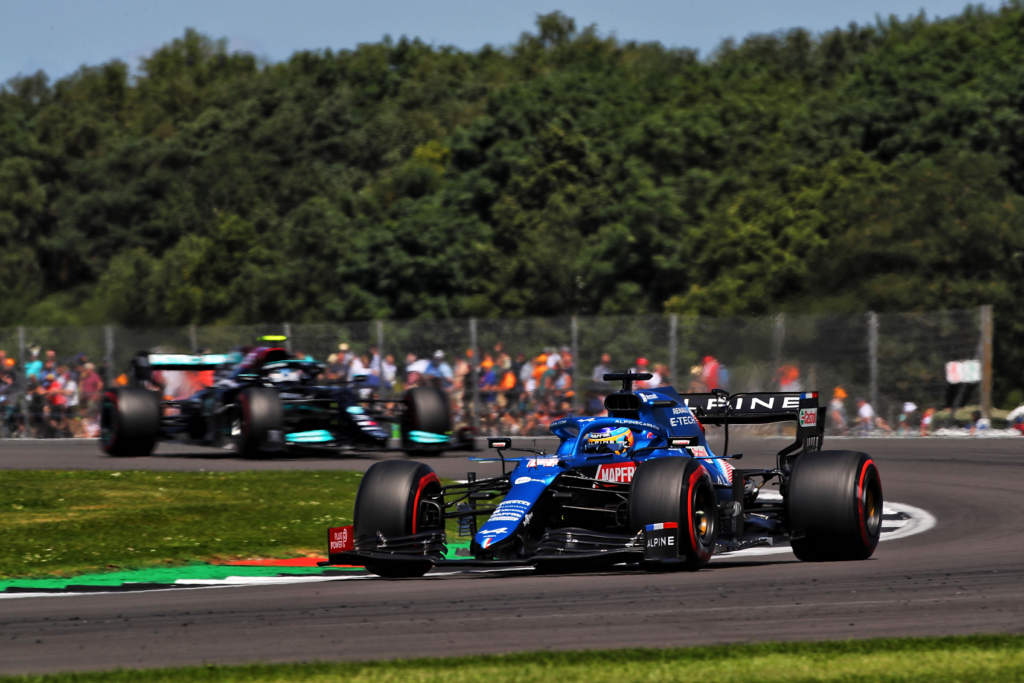
That means if you reverse the grid based on championship order, you will get plenty of passing if you repeated the exercise at Silverstone – as well as the chance to watch the front runners battling between themselves while clearing the slower cars.
And for every pass you make, it would be one better starting position for that actual grand prix.
To put some numbers on it, I have taken qualifying for the sprint race at Silverstone to generate pace gaps between drivers. I have then multiplied those times by 17 laps to create a theoretical end-of-race gap. For example, Sebastian Vettel was 1.080s off in qualifying, so that’s a gap of 18.360s over 17 laps. So that gives us our baseline data to work from.
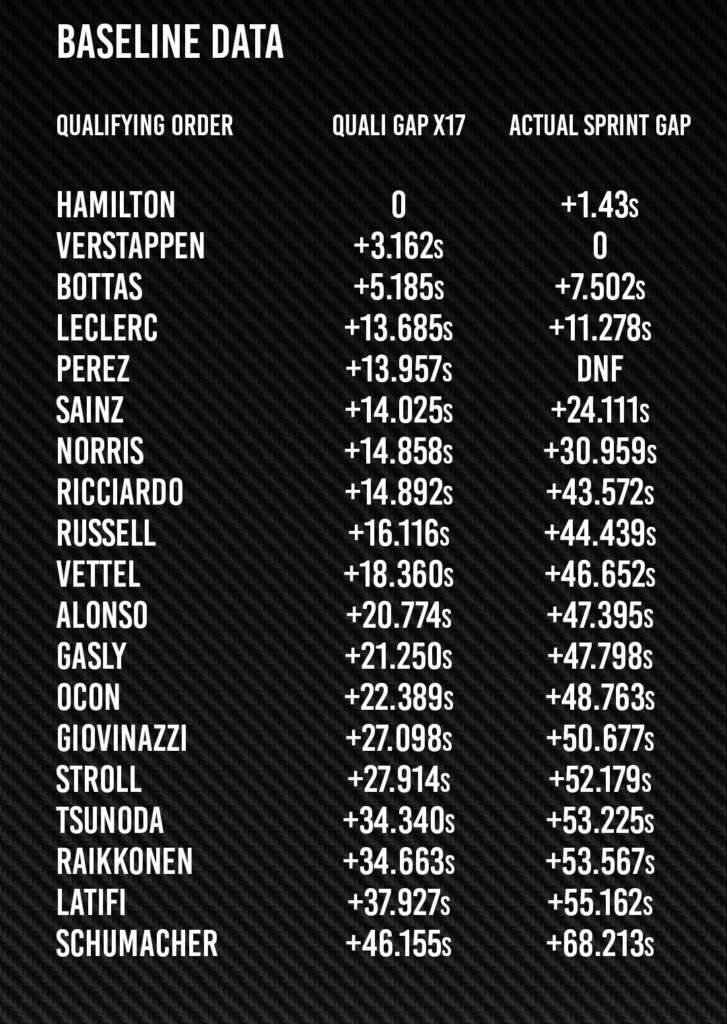
I am using the Friday qualifying order in place of championship order for ease of comparison to create the reverse grid. So once reversed, the fastest – Lewis Hamilton – starts at the back and has to pass 19 cars, second-fastest – Max Verstappen – starts 19th and has 18 cars to pass and so on.
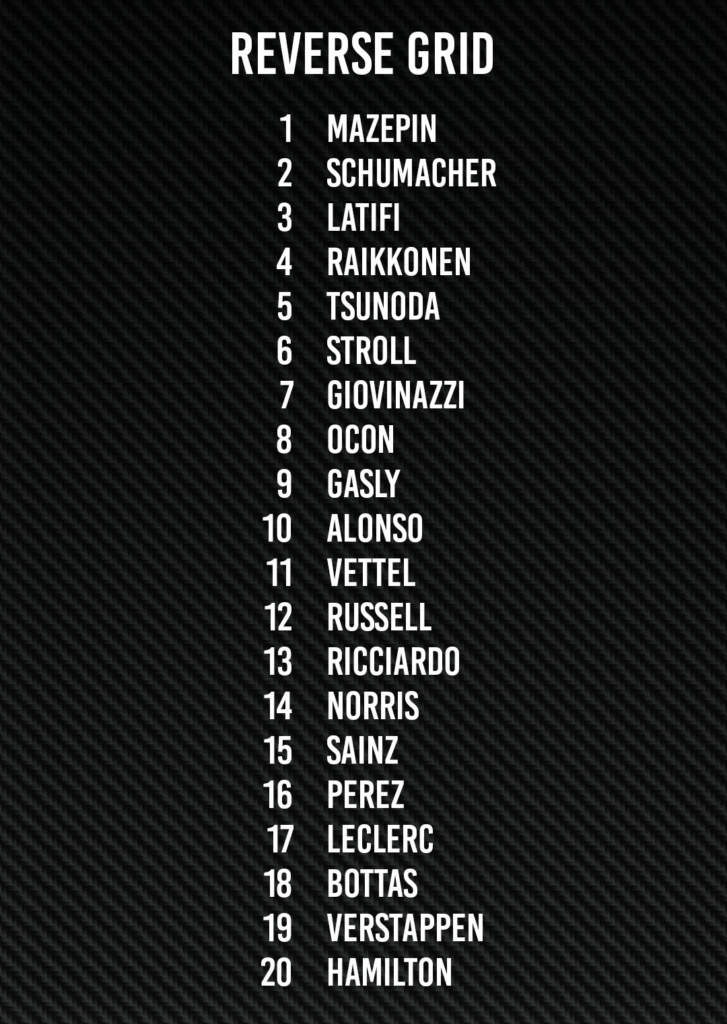
We can then assign an overtaking time loss to simulate the race result. I have chosen to use 1.5s, 2s, 2.5s and 3s as my four sample intervals to judge the effect. This is used to create a theoretical set of race results based on a reverse-grid race.
Using a 1.5s time loss per position gained and you get more or less the same finishing order at the front. It’s not identical, but the top three is the same and the starting grid for the grand prix it produces is perfectly reasonable. But once you move beyond that, then the short race means that the result is more disordered.
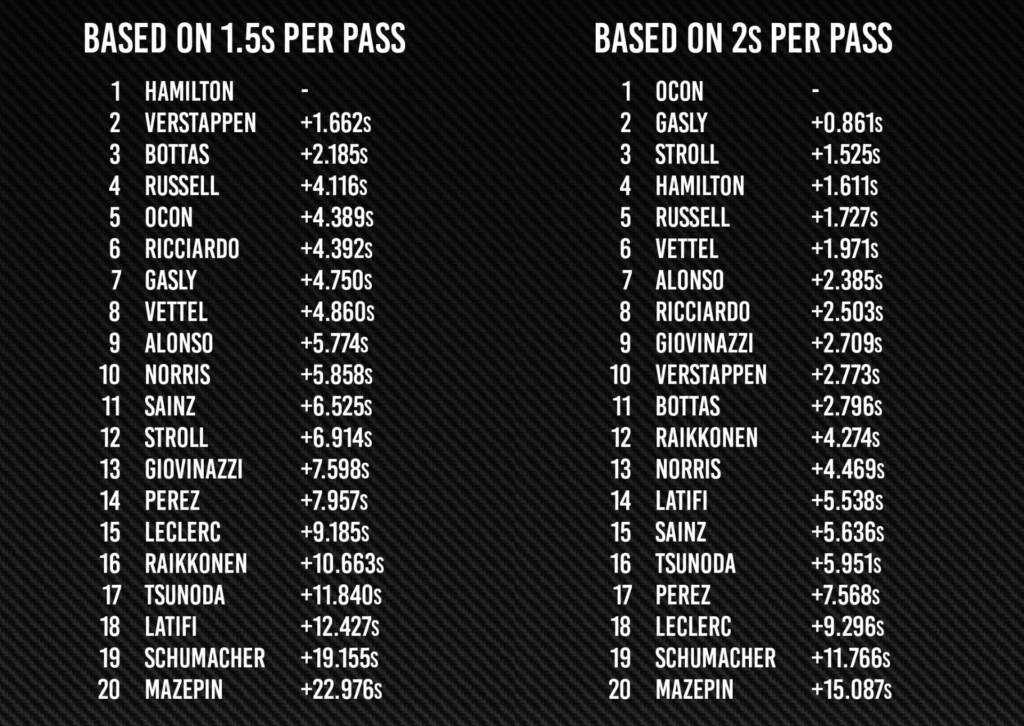
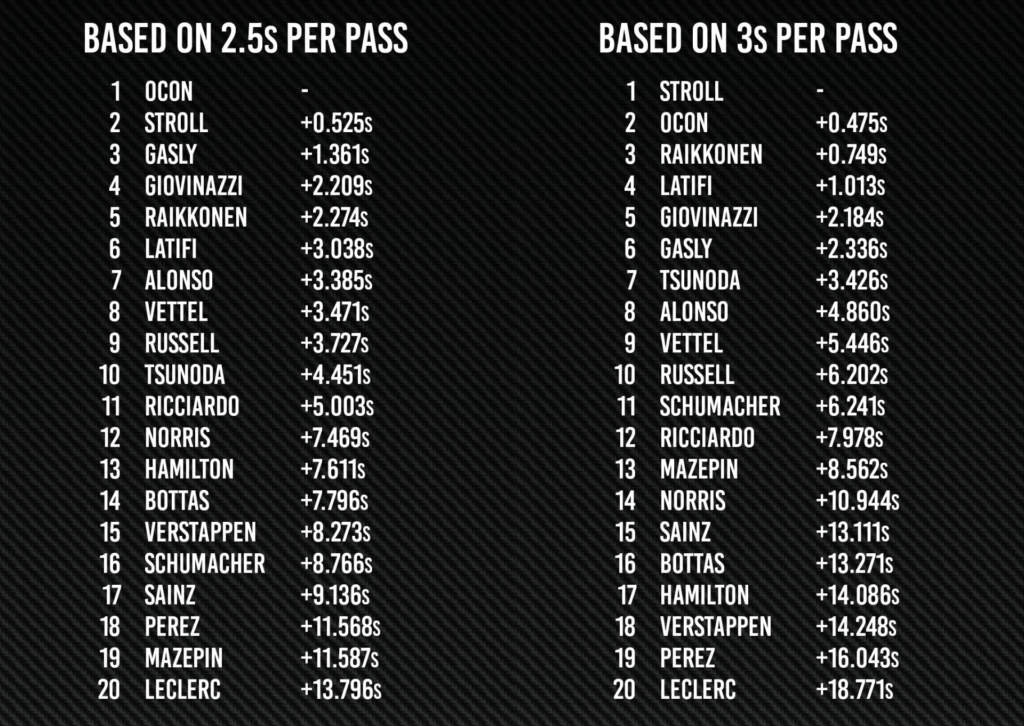
A real race will inevitably be more complicated and the time loss will be more uneven, but you will see the group of faster cars making quick progress – especially as those at the front will be holding each other up.
What it shows is that we won’t see someone in a slow car hanging on to win at the front. But it will force those with the performance advantage to use it and show the quality of their racecraft.
And if next year’s rules achieve their objective of making the cars more ‘raceable’ then it could be even more viable to use this format.
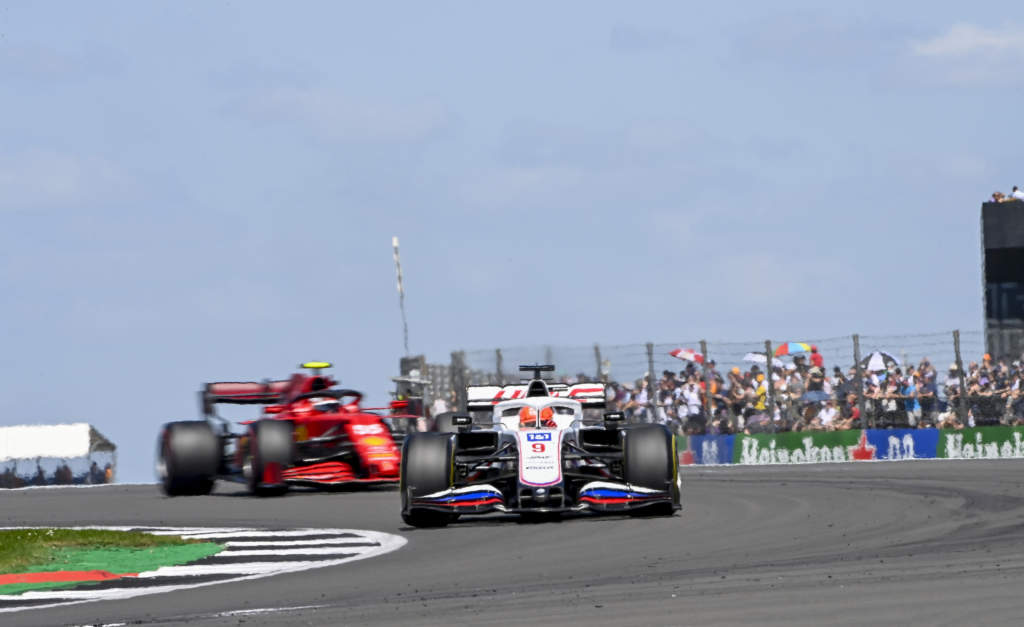
I know the idea of any kind of reverse grid is usually unpopular, but when grids are mixed up, it always produces the kind of great racing everyone always wants. After all, if you line up the cars in pace order, why be surprised when they drive around in order?
This system should make the sprint race more exciting after criticism in some quarters that there wasn’t so much action after the first lap. It should ensure that the grand prix itself features more overtaking, with the length of that race meaning there is plenty of time for ‘order’ to be restored.
Worth thinking about for the next sprint race at Monza? And if not this year, should the 2022 regulations make following another car and overtaking easier, then even with a big time loss for each position made up we should see a weekend format that produces great racing and fair race results.




